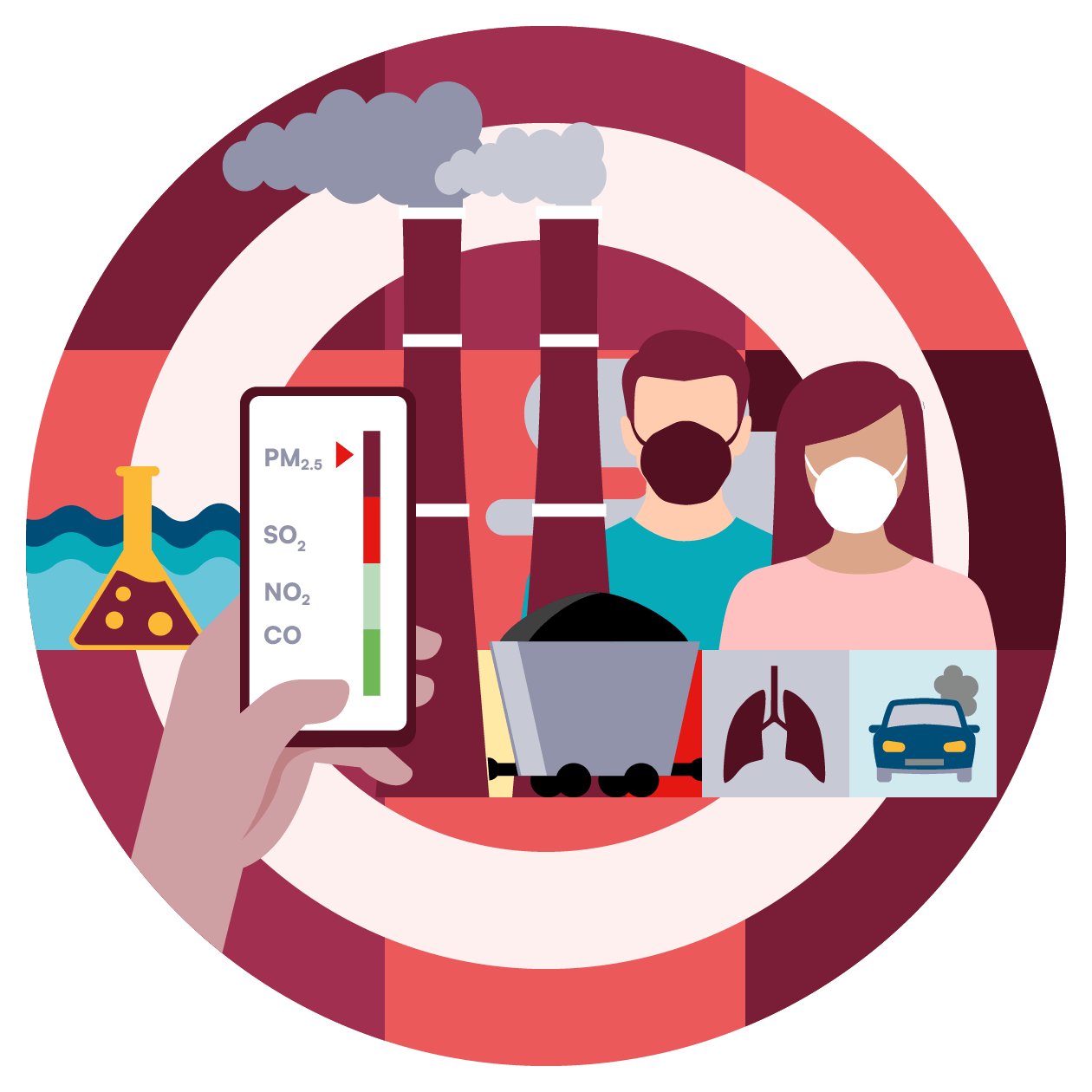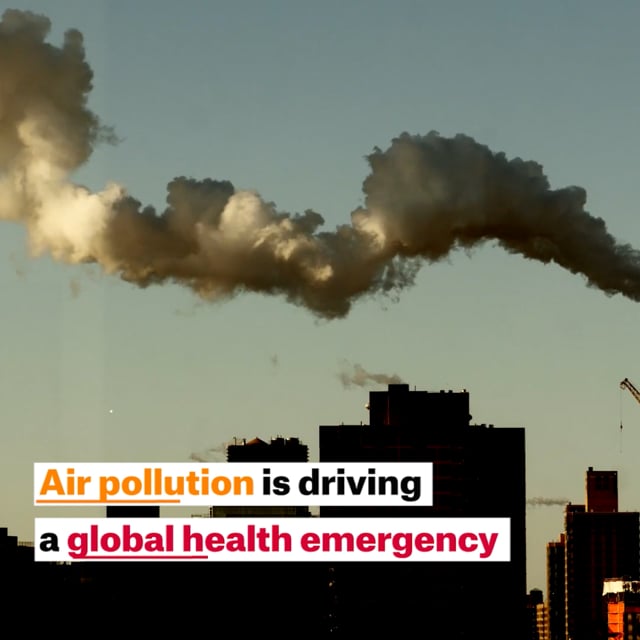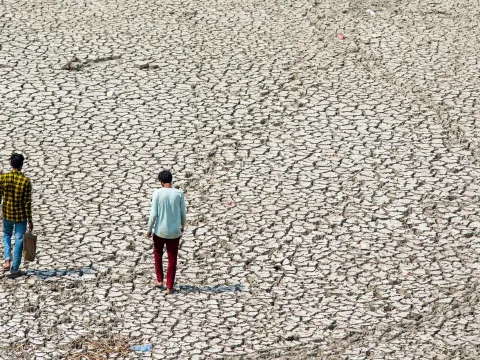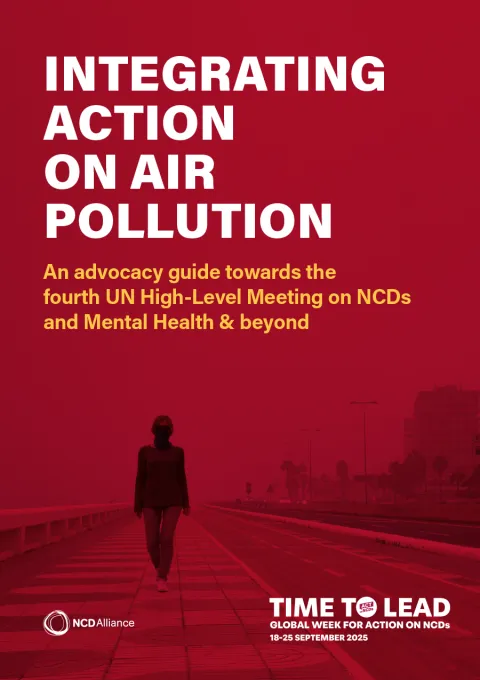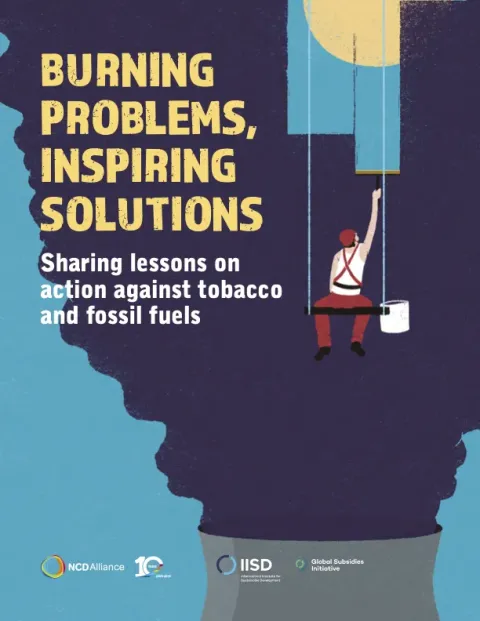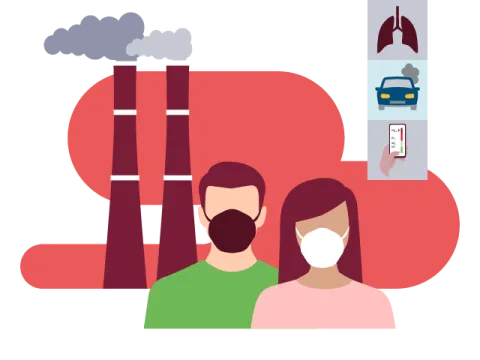
Key facts
Air pollution is killing and disabling people everywhere
Nine in 10 people are breathing dangerously polluted air. In 2021, this caused more than one in eight deaths globally, with many millions more living with debilitating chronic diseases.
Burdening the poor and vulnerable
No one is safe from air pollution, but it disproportionately harms people in developing countries and lower-income communities in all countries. Along with the poor, those most affected by air pollution include the very old, very young, women, children and marginalised groups including Indigenous people.
Fossil fuels are the primary source
Each year about five million deaths from air pollution are attributed to the burning of fossil fuels, yet the fossil fuel industry continues to enjoy tax breaks and subsidies in many countries around the world.
